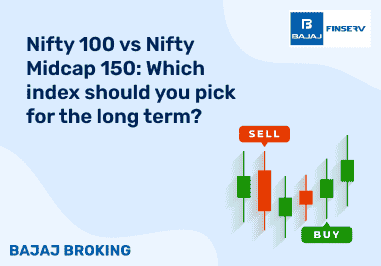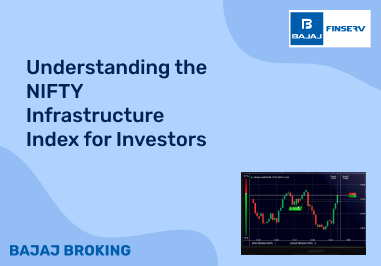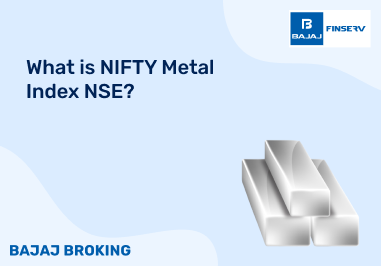What are the selection criteria for companies to be included in the Nifty Midcap 50 index?
- Answer Field
-
The selection criteria for companies to be included in the Nifty Midcap 50 index are as follows:
The companies should be a part of the Nifty Midcap 150 index, which comprises the next 150 companies in terms of full market capitalization after the Nifty 500 index.
The companies should have a market cap of ₹5,000 crore to ₹20,000 crore.
The companies should have derivative contracts available on the National Stock Exchange (NSE).
The companies should have a minimum free float of 10% and a minimum trading frequency of 90%.
The companies should have an average impact cost of 0.50% or less for 90% of the observations for a basket size of ₹10 crores.













